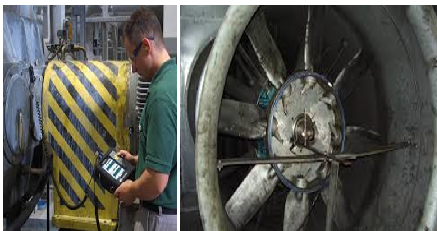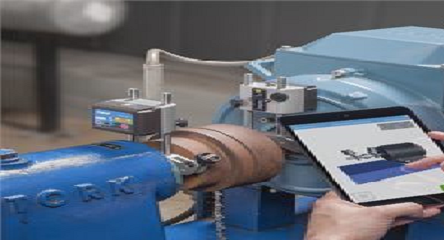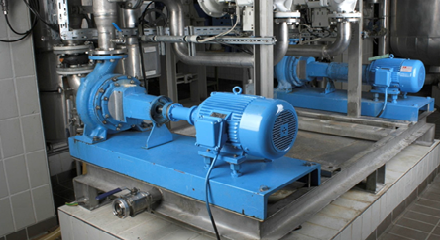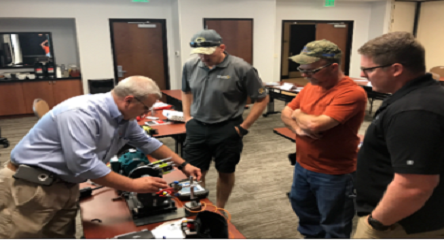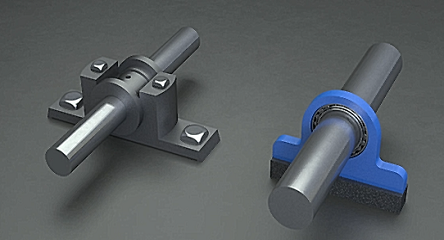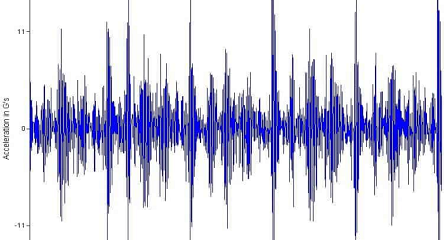About the Author
Frederic is the Lead Product Application Specialist for Fluke Accelix™, a suite of solutions from Fluke Corp. (www.fluke.com), focusing on the company’s process, electrical, thermal, mechanical and condition monitoring product lines. He has 20 years’ experience in field service engineering work and preventive maintenance industry. He has held various field services and technical positions with responsibility for installation & commissioning as well as services management roles. Baudart is often a presenter at many trade shows and conferences and has written many technical articles and case studies for global trade publications. He is also a Thermal/Infrared Thermography Level I certified and recently obtained his Certified Maintenance & Reliability Professional (CMRP) certification. Baudart holds technical degrees in electrical and instrumentation engineering from technical college in Brussels, Belgium.

